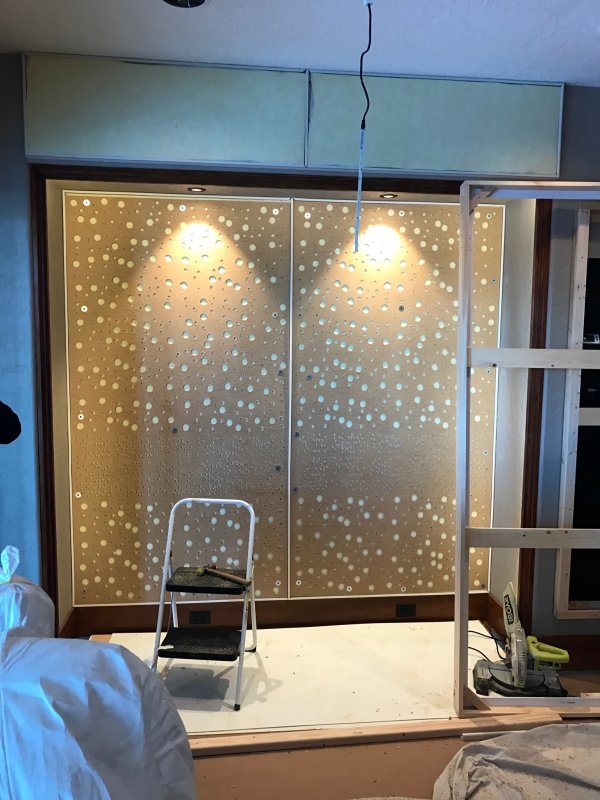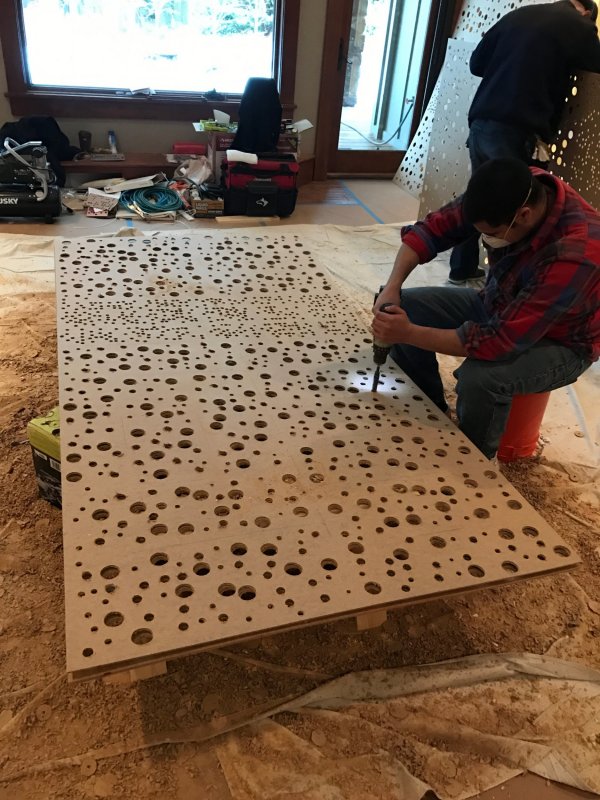Oh nay nay… I am not of the opinion an engineered room is the final word. Every engineering solution is a set of compromises. But my room after it was gutted and rebuilt is far superior to what it was before. Compromises for sure, my budget was not unlimited. But I have also had four completely different speaker designs in the room (Wilson Alexia, Alsyvox Botticelli, Bayz Counterpoint, and Diesis Roma) and other than placement no additional tweaking necessary. And it is a warm and inviting environment. The engineer says she designs to make a room sound good, but feel good as well. And I wanted one that also looked nice (and pleased my wife!)
Fortunately for me, I am not obsessive and constantly fussing — I am about enjoying and sharing music. My room for sure sounds different from, for example, PeterA’s room. I don’t make any claim I have the “best” room or the answer to anything. But I will argue an engineered room can and should look like a warm and inviting space you’d want to spend time in. But those are my criteria, not everyone will agree.
I‘m not a photographer, so the picture below I needed to pump up the room lights to grab a morning photo — but no way I’d give up my view to chase the last degree of sonic “perfection”. Others feel differently I’m sure.
View attachment 112211

















